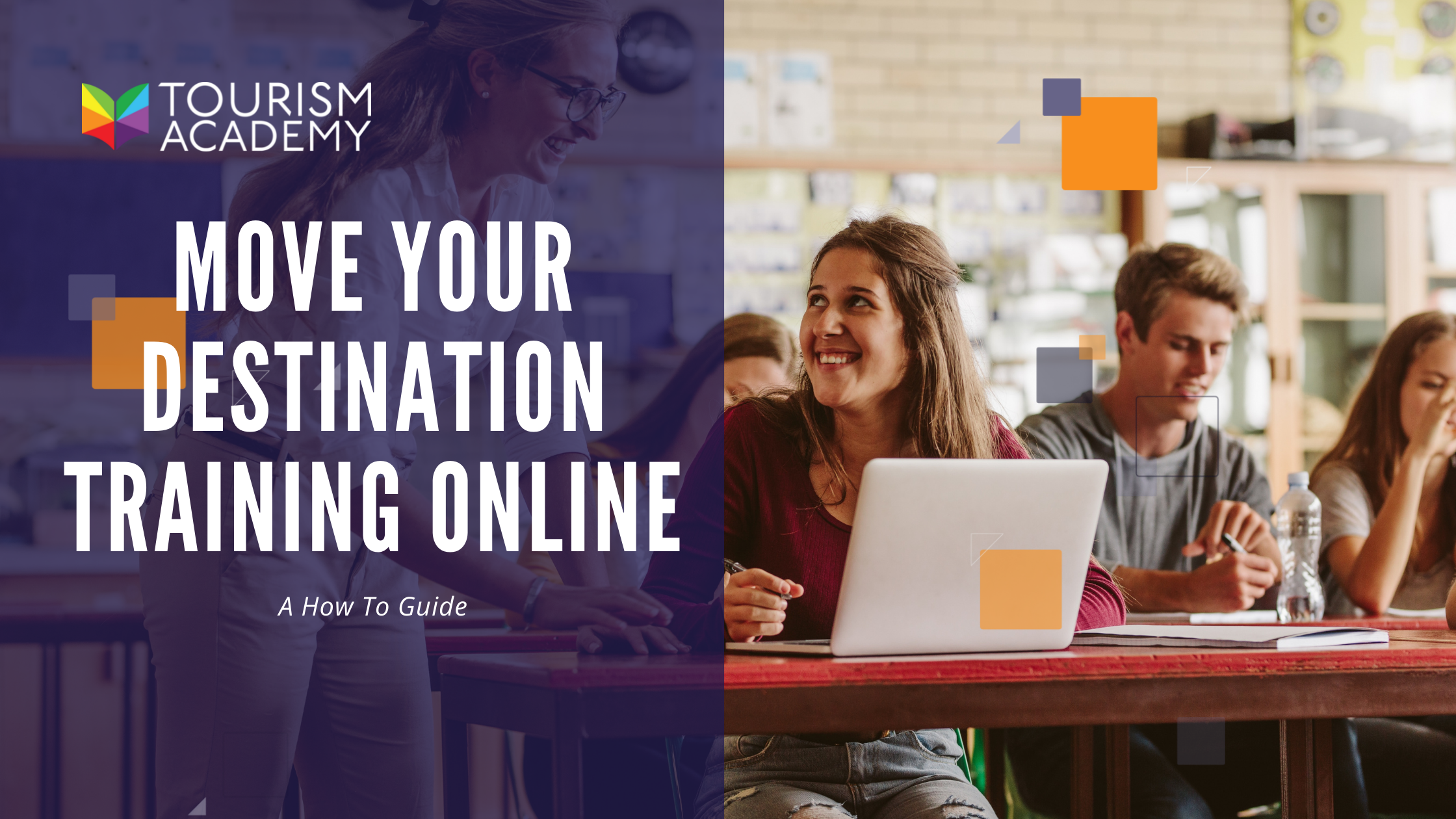
Tourism Destination Sales Training How to Move It Online
No matter where you work, having happy visitors usually equals a successful tourism organization and destination. And happy visitors get what they expect regarding goals, products, or services. That’s precisely why tourism sales training is so vital for organizations: sales professionals, travel agents, and tour operators communicate with customers on behalf of the destination.
This article will look at what excellent tourism training entails and some best practices to help you get the results you need.
What Is Tourism Product & Destination Training?
Tourism training focuses on developing key competencies that boost sales and create better customer experiences. This is achieved through a mix of soft skill and technical training and covers everything from destination product knowledge, online travel training, and customer service skills to getting more visitors, closing new convention sales, and upselling.
Why Is Tourism Product and Destination Training Important?
The right tourism sales and destination training can help stakeholders, employees, travel agents, and tour operators develop vital sales skills and product knowledge, significantly increasing their productivity and attracting more visitors.
It gives stakeholders all the tools to convert those considering where to go into visitors to your destination, boost repeat visitation length of stay, and turn visitors into brand advocates. According to Trustpilot, 84% of people don’t trust advertisements anymore, which is why customer advocacy (or word-of-mouth advertising) is so important.
RELATED: Tourism Product Training For Agents With The Tourism Academy
RELATED: Train Local Stakeholders With Tourism Ambassador Training
Common Tourism Product Training Challenges and How to Overcome Them
While there’s no doubt that tourism and destination sales training is essential for convention visitors bureaus (CVB) and destination marketing organizations (DMO), carrying out practical training might not be so easy. Here are a few challenges you might face:
-
Choosing a location. Organizing in-person training can be a logistical nightmare. Many corporations have branches in different areas, maybe even different time zones, making it challenging to bring dispersed agents, operators, and workers together for training.
-
Scheduling sessions. It’s often tricky to pull a large group of staff members or travel agents off the floor, out of their offices, or to another location without closing shop for the day – which can lead to lost profits or some staff members missing out.
-
Distributing updates quickly. Tourism sales training and product updates must often be rolled out quickly, with little notice. When new product launches, CVBs, and DMOs often have a narrow window of time to get their frontline staff and travel agent customers up to speed on the product.
-
Reducing training costs. Companies, destination marketing organizations (DMOs), and convention visitor bureaus (CVBs) must do their best to reduce costs. However, it can be extremely pricey to gather sales reps and advocates from different countries in one place for training or organize training sessions at the last minute. It can be equally costly to send your tourism sales manager or director worldwide, have them register for countless trade shows, and plan desk-side training at agency offices on multiple continents.
-
Give value to agents. By providing free travel agent training online and maybe even offering incentives to those who complete your course(s), you give agents another reason to learn more about and promote your destination.
How these challenges relate to your CVB or DMO highly depends on your chosen training format. For example, face-to-face training has many advantages, but it’s become less and less sustainable as the world has changed and become more digital. That’s where online tourism and destination sales training comes in.
Why opt for online destination training for travel agents and tour operators?
This is why a rapidly increasing number of destinations are investing in digital sales training.
-
Anytime, anywhere. Online destination sales training is a flexible option that allows trainees to participate globally at a time that works for them.
-
Higher retention levels. In-person training days can be long, and it’s easy for trainees to switch off when too much information is thrown at them at once. Online training allows trainees to learn at their own pace and review their training whenever they want.
-
Online training can be a great equalizer. It allows more advanced or engaged trainees to move quicker, while those who need longer can take the time they need without embarrassment or holding back the training sessions.
-
Less admin work. Once your learning management system (LMS) is up and running, organizing the training becomes as simple as a mouse click. Gone are the days of planning flights, hotels, conference appointments, booking meeting rooms or training centers, sending mass emails with locations, times, etc.
-
Training data is your digital body language. An LMS tracks and reports progress, giving you insight into the effectiveness of your training. Each click, page view, or drop-off point shows where learners lost interest, got stuck, or excelled. You can use this data to identify skill gaps and create bespoke training to bridge those gaps.
-
It's cost effective. You don't need a complete travel agent academy or countless staff members flying around the globe to conduct your destination training; you need an innovative online product training program delivered efficiently online.
How to Launch Online Destination Training for Tourism Sales
Now let’s look at how to successfully launch your online travel training, travel agent academy, and destination training for tourism sales, how to choose the correct training format, and what tools you’ll need.
Could you decide on a training format?
Before you launch your training, understand the three main types of training methods: asynchronous, synchronous, and blended learning. They all have pros and cons, so please get to know them before choosing the correct program training method.
Asynchronous training
Asynchronous learning is a learning style in which students study at their own pace. In destination sales training, this might include watching a pre-recorded product training video, going through a destination sales training PowerPoint, completing online training modules with assessments or familiarization simulations, and a much bigger focus on self-driven learning.
RELATED: The Tourism Business Case For Online Training
Synchronous learning
Synchronous learning is where the instructor and trainees are in the same place simultaneously. This would usually include in-person training sessions or live online sessions where the entire class learns together. One of the benefits of synchronous training is that there is an instructor to bring the training to life, answer questions on the spot, and make sure that trainees are paying attention and engaged. On the flip side, this very much depends on the quality of the trainer and the training program.
RELATED: Improve Your Courses With Live Zoom Training & Tourism Webinars
Blended learning
Blended learning lies somewhere in between. It mixes the best of both worlds by combining asynchronous knowledge with instructor-led sessions, such as online videos, pre-work, and post-work. A blended approach can deliver outstanding results regarding tourism product and destination sales training.
Blended learning allows travel agents and tour operators to study the theory portion online at their own pace. Still, it follows up with an in-person or live online class to put the theory into practice. However, one of the biggest pitfalls of blended learning is that it can take time to organize and coordinate online and in-person sessions.
Choose the right tools.
Once you decide what elements will make up your destination training and how you want to carry it out, the next step is to choose the right tools. If you want to join the digital revolution and transform your tourism sales training from in-person to online, here’s what you need:
Learning management system (LMS)
An LMS will house your eLearning modules, assign them to learners, and allow you to track who has completed the training, how they performed, and even how long it took. Choosing an intuitive LMS will let your organization open the tool to the entire company, create a great learning culture, and facilitate continuous learning and cross-training.
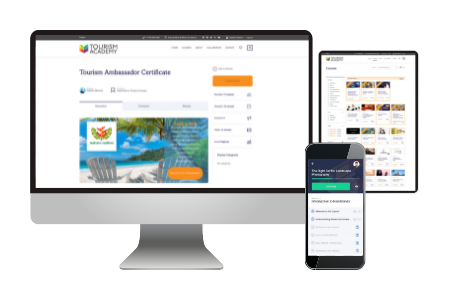
The Tourism Academy LMS allows you to automate most tourism and destination sales training processes.
Course authoring tool
Next up is a content authoring tool to create your digital tourism or destination sales training. There are many options on the market, but the key is to find a tool that helps you build versatile content quickly and effectively and is intuitive to use.
For example, with The Tourism Academy, you can create online courses, quizzes, video tutorials, role-plays, and more. Since it’s integrated with PowerPoint and uses a style and format similar to this world-famous tool, authors can get up and running quickly. You can build a course like you would assemble a PPT presentation and then put it online in a few clicks. Perfect for those last-minute tourism sales rollouts. The Tourism Academy online product training sponsorship also comes with ready-to-use templates and a character and location library that can take much of the stress out of the creation process and let you dive right in.

Web-conferencing tools
A web-conferencing platform can be a lifesaver when setting up instructor-led sessions, 1-on-1s, and workshops for a blended training approach. Platforms such as Zoom offer simple, user-friendly ways to hold instructor-led sessions that can be recorded and published on your LMS. Some LMSs, such as The Tourism Academy and tourismacademy.org, already have these tools integrated so that you can jump in.
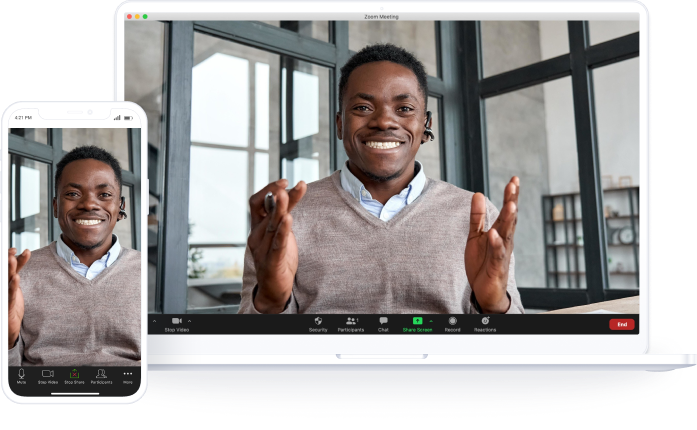
The Tourism Academy LMS is integrated with Zoom.
Create a tourism destination training program.
Now that you’ve got the tools and an idea of how you want to carry out your training, it’s time to get down to the nitty-gritty. You need a destination sales training program.
A good training strategy is critical to success. Destination and tourism training requires a roadmap of where you are, where you want to go, and how your training will get you there. Please take a look at your current activity. What’s working and what isn’t? What are the weaknesses of your promotion and sales staff? How can you develop those areas? For example, if your destination is losing customers because your sales process requires too much sales team travel, you might want to create a destination sales training module to work on ways to reduce your labor burden.
A good destination sales training strategy usually includes the following:
Onboarding
The first step in your training strategy should always be onboarding. It’s the perfect opportunity to introduce the destination - city, state, region, or country- and answer all the questions new agent operators might have about the area and their role. Onboarding covers everything that touches on the organization: its history, mission and value, corporate culture, an overview of the products/services provided, chief competitors in the market, etc.
Thinking about what to include in your onboarding is just the beginning. Next, you need to consider how you’re going to present it. For example, you might want to record videos or build several quick microlearning modules to cover different topics.
RELATED: 4 Microlearning Strategies to Use This Year
One element of any fantastic onboarding training is including a destination tour in your digital tourism and destination sales training. This quick micro-course from Bright Mind is the perfect approach to help your new hires get the lay of the land when no maps are in sight!
A great tip to make destination onboarding training as effective as possible is to send a poll ahead of your workout to collect all the top questions and concerns. Then, it’s simply a case of creating a short CVB or DMO onboarding module to cover all those burning questions. The micro-course below by Extreme Sports is an excellent example of how you can nail your onboarding dynamically and engagingly. And no more three-hour live Q&A sessions, please.
Product knowledge training
Product knowledge training is a large and vital part of your destination sales training strategy. It should cover training on your top-selling features and give context. What is your brand? What are you known for in the market? What are the common objections to this type of product? How can they handle these objections? The more your staff members, tourism ambassadors, travel agents, and tour operators understand the context of a destination, the better equipped they’ll be to sell it to the right person in the right way.
This demo shows a product knowledge course for Marshall headphones that does more than list features. It uses audio, imagery, and a short history of the brand to give the trainee context on what the product does and who it might be for.
Product knowledge training doesn’t have to entail clicking through lists of features and information. Make your training interactive by having trainees explore the products themselves. The example below offers some sales training ideas to let your staff get involved in the movement to show off product features.
Sales and customer service training
Without some sales and customer service modules, no good online destination training program would be complete. The following modules are the backbone of your training program and should be extra precise and engaging for trainees. Get creative with your authoring tool and use images, interactive exercises, and constant feedback pop-ups to ensure trainees retain what they’re learning.
RELATED: Tourism Ambassador Training & Certification
RELATED: Online Destination Training for Agents & Operators
Customer journey map
First, your destination training strategy needs to cover a customer journey map. Understanding the customer journey is necessary for all international tourism and destination staff to build empathy and offer the best experience possible. The trip should map out each step from the website to your destination, the first engagement between the traveler and the agent, closing the sale, post-sale follow-up, and re-engaging the customer. Remember that not all travelers are customers.
Now, think about how this knowledge could be shared. For example, you can use your online product or destination training course to show the customer journey visually. Helping your trainees visualize the journey will be much more engaging and dynamic.
Destination Sales Training
Destination sales training sharpens skills to increase conversion rates and ensures that your salesperson is equipped to work on the sales floor and that travel agents are trained to be your brand advocates. It covers everything from finding local resources to merchandising best practices. For example, if your destination sales training module is on building a tour package, use visual aids to help trainees get ahead. Have them rearrange a sample itinerary, spot the items in the incorrect place, or qualify different key terms and match them with their definitions.
No more mindless clicking – make your learners part of the learning experience. They should be thinking, reacting, and engaging at every turn. Check out this incredibly interactive merchandising training for some destination sales training ideas.
Behavioral sales training
Regarding destination sales training, soft skills or behavioral training is the most critical skill set you can train your team on. Knowing the product and the theory won’t cut it if you don’t know how to build rapport with travelers.
Behavioral sales training should cover each step of the customer journey. More precisely, greeting travelers with a warm (but not pushy) welcome, finding something in common with the traveler, asking the right questions to get to know not only what they need but what they want, driving the features and benefits while trying to upsell, and, of course, the close.
A great destination sales training program covers all these bases to ensure that DMO, CVB, and front-line staff members are fully prepared for each sale step. How can you best prepare staff for this? We’re all familiar with the old saying, “Practice makes perfect.”
Dialogue simulations with real-time feedback are the perfect way to train your staff on those essential behavioral skills. They build confidence in a controlled, low-risk (safe-to-fail) environment.
For example, this sales simulation on dealing with an angry customer is a simple way to teach tour sales professionals to communicate well.
Videos and other multimedia are great for explaining the theory, comparing and contrasting a good and bad sale, and storytelling. They’re even more effective if learners need to use their critical thinking skills to qualify, rank, or rate sales. Showing a successful deal or interaction with a traveler sets a baseline for how your sales reps react to and speak with travelers.
Compliance training
Compliance training is fundamental to most organizations. It gets a bad rap, but compliance training can be fun and engaging if you have a good concept and a tremendous authoring tool. As part of your destination sales training program, you will likely have to build compliance courses on everything from fire safety to cyber safety.
Creating engaging compliance training doesn’t have to be complicated. Learners respond well to training that feels relevant to them and their daily jobs, so why not put your trainees in the driver’s seat with a simulation? Not only is it more engaging for the learner, but it also prepares them better for real-life compliance issues. This cyber-attack simulation created with iSpring Suite Max proves that compliance training can be sleek and engaging.
Breathe some life into your compliance training by adding interactive elements and a quiz to put your learners to the test. It ups the ante and encourages learners to pay attention to your content. Examinations also ensure trainees learn the information rather than just clicking through it mindlessly. This fire safety course is a perfect example of making your compliance training stand out.
Measure your online destination training for tourism
Of course, a surefire sign that your activity is effective is sales growth. However, this isn’t something that will happen overnight, so in the meantime, you’ll need some more current data to help you continue to tweak and perfect your destination sales training. That’s where your LMS comes in.
Your LMS tracks your eLearning courses, allowing you to extract accurate data almost instantly. Understanding how your training is performing is critical to success, so this is the data you should look out for:
-
Course completion rate. If trainees aren’t completing your training module, there’s a chance you might need to adjust things. Your LMS tells you how many people have completed the course and how many are still in progress. Many learners in progress (after the deadline) are generally not a good sign. Try to dig a little deeper and see exactly where those learners are dropping off. If, for example, page views drop dramatically from page 14 to 15, analyze page 14 and see if you can identify why learners are switching off.
-
Number of attempts. Use your LMS to determine how many attempts learners need to complete your assessment. If your course has a final review and your learners can’t pass it successfully, other issues could be at play. Why are your learners not absorbing the content? Is your content related to your assessment? Remember to avoid tricky questions in your reviews and ensure that anything that pops up has been thoroughly covered in the course.
-
Session duration. If your LMS tells you the session time for your learners, you can use this data to perform spot checks to see how your course is performing. If you aim for your course to take 20 – 25 minutes to complete and you have many learners with much longer or shorter session times, it might be time to try a different approach. Go through your course and ask yourself if each piece of content is relevant and if it contributes to the learning objective. If the answer is no, remove it.
To learn about other essential data, an LMS can provide, check out this article on the instructor dashboard.
Calculating your ROI is another way to measure success. How much are you spending on eLearning tools, and how much value are you gaining? How much authoring time is your team clocking, and how can it be reduced? It takes time to generate ROI, but having this in mind from the start sets a good benchmark.
Destination Sales Training Tips
Here are some destination sales training ideas to start your journey.
Use storytelling to engage learners.
One of the first steps when training front-line workers, travel agents, and tour operator staff is to make sure they’re thinking in a customer-centric way. They need to be able to find out who the customer is, what their needs are, and what they want. Adding storytelling to your online destination training is a great way to polish those skills. Build context by creating characters with unique stories and getting your trainees into the habit of thinking about the customer first and foremost.
Repeat, repeat, repeat.
Regarding sales, the more you know about the product, the more confident you are to sell it. Build confidence in your trainees by ensuring they finish their training knowing the products inside out. The key to unlocking your trainees’ learning potential is repetition. Repetition doesn’t mean monotony. Add plenty of knowledge check questions with on-the-spot feedback and final assessments to hammer home the critical parts of your product knowledge training, and make sure you practice vital points in different ways. Your contacts will thank you for it later.
Could you make it more than a memory test?
Destination and CVB staff should do more than list the features of an item. They should focus on the benefits more than the features. During their training, have them use their critical thinking skills more than their memory skills. For example, they were reading a list of features and choosing which benefits are best to push for different customer profiles. This is a great way to make your staff think deeper about what they’re selling, who they’re selling it to, and why that traveler needs it.
Provide opportunities for safe-to-fail practice.
Lastly, all tourism ambassadors, travel agents, and DMO staff must handle objections. Simulations and role-plays are the best tools for honing their skills. Never underestimate the power of practicing in a controlled environment. The more your staff members get used to hearing objections, the more likely they are to realize that their job truly begins when a customer says ‘no.’
Final Thoughts
The training world is changing quickly. More and more organizations are turning to eLearning solutions with fantastic results for their destination sales training. Not only does this offer flexibility regarding location and time, but it can also create a more inclusive training experience.
Regarding their education, travel agents, tour operators, stakeholders, and those learning are in the driver’s seat. They can revisit their destination sales and tourism ambassador training modules whenever they need a refresher. Multimedia, assessments, and other interactive learning methods cover all types of learners, and coupled with gamification and live online sessions, your destination sales training will be more engaging than ever.
With the help of The Tourism Academy LMS, you can track your team’s progress, pick up on weak areas, and constantly tweak your training until you get the desired results.
So, would you like to deliver engaging online destination training for travel agents and tour operators with minimal time, money, and effort? Please call us at +1 954 289 4585. If you still don’t have an LMS, ask to test drive The Tourism Academy LMS without paying a cent!
Bonus: Who are your stakeholders?
Align destination stakeholders to support tourism:
Tourism Ambassadors from all possible market sectors come together to create a complete visitor experience. Both big and small, Destinations can successfully align these sectors because each benefits from a positive visitor experience! Here are just a few of those positively impacted by your credentialed tourism ambassadors (CTA).
- Transportation hubs like Airports, Rail Stations, Bus Depots, etc.
- Activities, Attractions, Events - arts, culture, heritage, casinos, sports
- Government - City, State, Federal - elected officials like mayors and city council, government employees like police and community outreach
- Community Members - Passionate Volunteers & Local Citizens
- Conference Hotels, Convention Centers & Meeting Places
- Local Mom Pop Shops and Downtown Merchants
- Community & Workforce Development / Economic Development
- Schools & Higher Education - colleges, universities, community colleges
- Medical Facilities - Urgent Care Centers & Hospitals
- Lodging & Hotels - home rentals, beds & breakfast, RV parks, hotels, etc.
- Bars, Clubs, Lounges & Nightlife
- Real Estate and Reinvestment Firms
- Places to Dine - coffee shops, restaurants, classy joints and local favorites
- Commercial Real Estate - malls, downtown alliances, retailers, districts, etc.
- Event Facilities - convention center, arena, theaters, concert halls, sporting events
- Modes of Transport - Uber, Lyft, taxi, cab, shuttle, public transit, local trolly, limo, motorcoach
- Tourism Promoters - Destination Marketing Organizations (DMO), Convention & Visitors Bureau (CVB), Chambers of Commerce & Community Economic Development Groups
- Everyone else - Tourism Spending benefits every local person and entity through reduced taxes and economic development, including local banks, corporations, etc.
Need help aligning your community, finding tourism ambassadors, or designing your tourism ambassador program? Contact us today, and our expert team will be happy to help you get the results you’re looking for. Cheers!

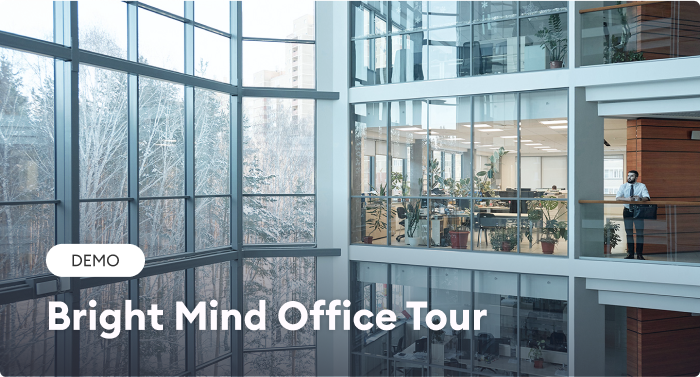


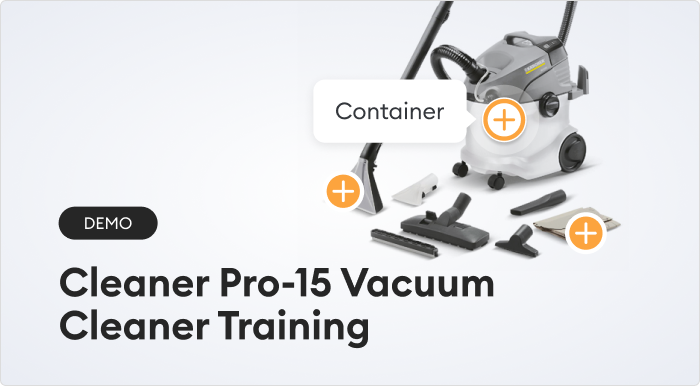


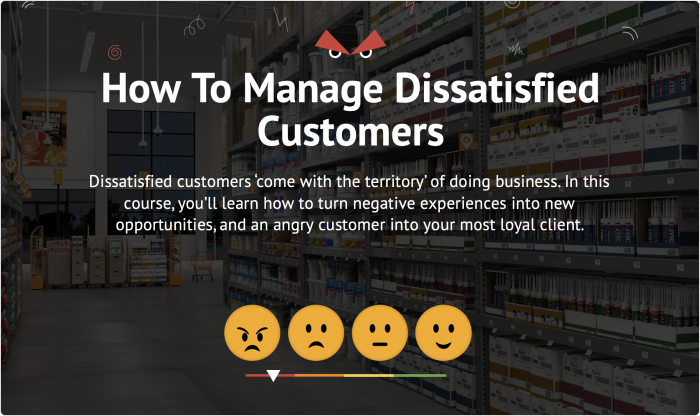



Leave a comment